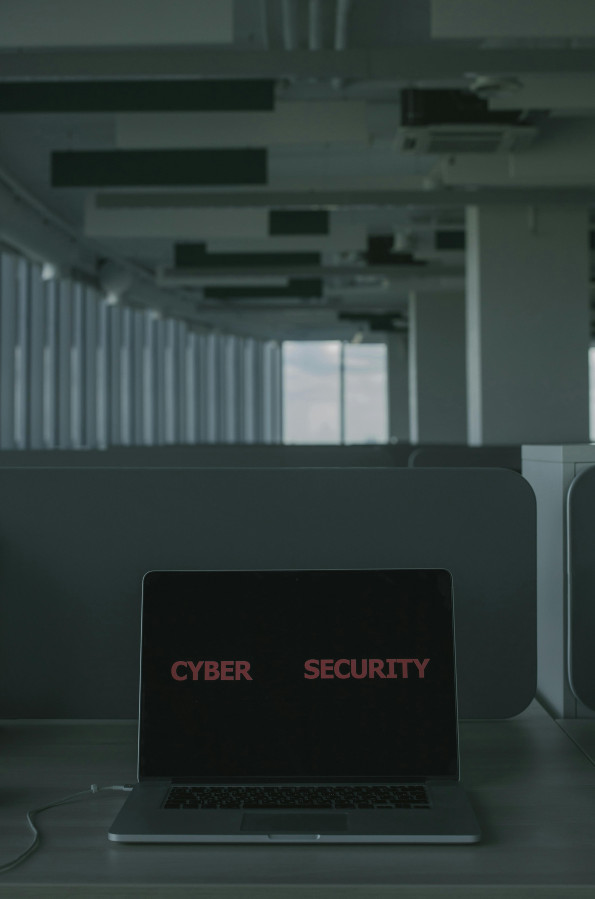Debunking Common Cybersecurity Myths
Understanding Cybersecurity: A Guide for Beginners

Documentation and record-keeping play a significant role in demonstrating compliance. As our reliance on digital systems grows, so does the importance of safeguarding sensitive information. Cybersecurity encompasses a variety of measures including encryption, firewall protection, intrusion detection systems, and regular security updates. Maintaining accurate records of security policies, risk assessments, and incident response activities provides evidence of adherence to regulations. Well-organized documentation helps streamline audits and inspections, ensuring that compliance requirements are met.
Third-party vendor management is a critical aspect of cybersecurity compliance. Organizations must ensure that third-party vendors adhere to the same security standards and practices. Implementing vendor risk assessments and security requirements helps protect against potential breaches stemming from external partners.
Monitoring and auditing are essential for maintaining ongoing compliance. Regular audits and monitoring activities help ensure that security controls are effective and that compliance requirements are continuously met. Addressing any identified issues promptly helps maintain a strong security posture.
Compliance with cybersecurity regulations is not a one-time effort but an ongoing process. Organizations must stay informed about changes in regulations and update their practices accordingly. Continuous improvement and adaptation to evolving compliance requirements are crucial for maintaining long-term security and compliance.
Seeking expert guidance and consulting services can be beneficial for achieving and maintaining cybersecurity compliance. Experienced professionals can provide valuable insights, assess your organization's compliance status, and recommend improvements. Leveraging external expertise helps ensure that your organization meets all necessary regulatory requirements and industry standards.